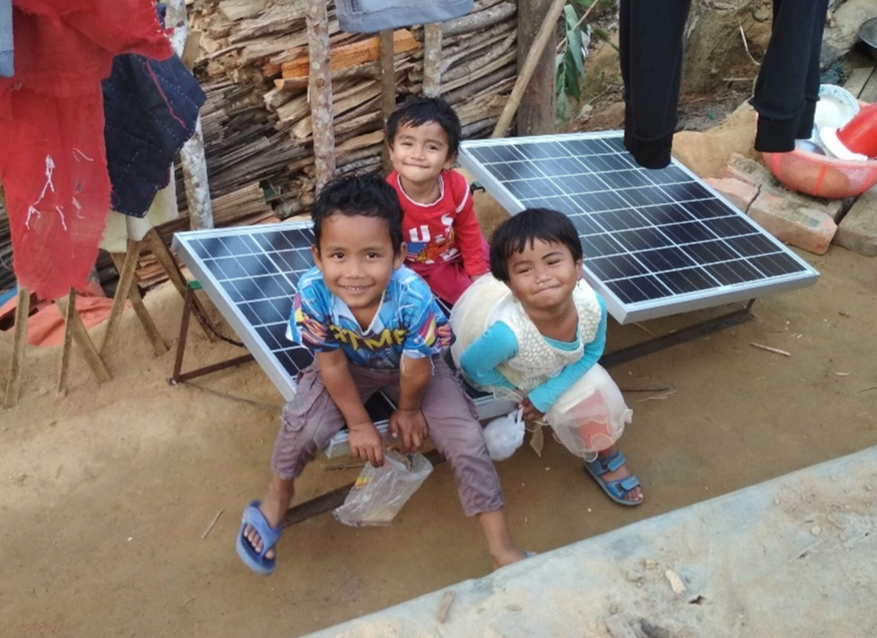SolShare
Project: SolShare
Country: Bangladesh
It is estimated that there are currently around 50 million people with no electricity or security of supply in Bangladesh. Bangladesh also hosts ca 1 million Rohingya refugees. At the same time, Bangladesh is considered the market leader in solar home systems globally.
However, these systems remain prohibitively expensive for a large portion of people from the river islands of Bangladesh, provide limited opportunity for real economic community development, and have huge amounts of excess energy which get completely lost right now. SOLshare’s technology provides a solution which responds to the energy trilemma and benefits users through the opportunity to earn more, increases energy efficiency and allows productive energy use through appliances. This could be the critical and necessary step for resolving the refugee camp’s energy access problem eventually leading to grid integration and further strengthened by partnerships with local stakeholders.
SOLshare’s technology is comprised of an energy trading platform (the SOLgrid), a peer-to-peer solar micro-grid, that interconnects households and microbusinesses with and without solar home systems allowing users the freedom to use the energy as a producer, prosumer, or consumer. The SOLbox is a machine-to-machine (M2M) enabled integrated direct current bi-directional power smart meter that is the point of interconnection within the peer-to-peer (P2P) network. It is the precursor of the ‘swarm’ approach for sustainable rural electrification. The world’s first solar peer-to-peer grid was installed by SOLshare which has significant entrepreneurial benefits for all Solar Home System (SHS) users in remote and rural areas in Bangladesh and India where main grid electricity is currently unavailable.
The SOLshare model is fully aligned with the community. As the community grows, so does our revenue. The model constitutes a 3-step approach:
I. Access to Energy: the last mile of electricity distribution solved with clean, reliable, and affordable energy, as well as internet in the making.
II. Economic Mobility & Livelihoods / Market Development:
a. Skills training, including entrepreneurship.
b. Access to financial products and services.
c. Market linkages: access to new products, buyers, and suppliers.
III. Community Driven Development: with communities/community-centred organizations owning the SOLgrid, the income share earned from trading electricity is reinvested into improving healthcare and education services.









